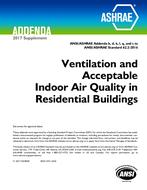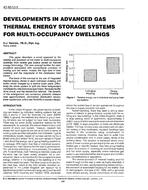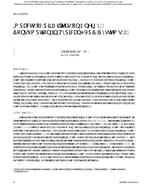The Army uses a variety of soft shelters and semipermanent structures at Contingency Operating Bases as barracks, dining halls, administrative offices, and maintenance shops. These structures, which are commonly built by hand by soldiers or local nationals, often show performance problems. The use of an improved barracks hut (B-hut) can offer significant benefits such as enhancing the performance of building envelopes, reducing energy use, and improving comfort. Nevertheless, the effectiveness of these technologies must first be proven in experimental building stock to enable integration of this technology into Department of Defense (DoD) contingency bases. This paper presents field data that demonstrates performance of an improved B-hut compared to a co-located typical Army B-hut.
Detailed EnergyPlus models of the huts were developed and simulation results were compared against the field measured data. Validated EnergyPlus models were used to simulate the performance of huts at Champaign, IL and Kabul, Afghanistan climate conditions. Results show that the improved B-hut requires only one-fifth of the shelter conditioning energy compared to that for the baseline B-hut.
Citation: Thermal Performance of Exterior Envelopes of Whole Buildings XIII, Conference Papers
Product Details
- Published:
- 2016
- Number of Pages:
- 7
- Units of Measure:
- Dual
- File Size:
- 1 file , 3 MB
- Product Code(s):
- D-BldgConf16-64


